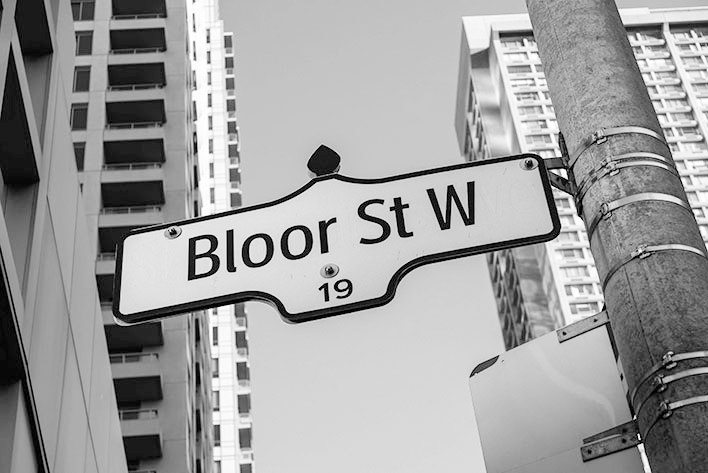Deciphering Intentions Behind Communication
Written by: Dain Hong / Communication / May 2020
Behind every remark, response and story is an intention. We can call them hidden agendas. These agendas may be unknown to the speaker themselves, but is at the root of all of their communicative interactions, like a background hum or a running theme.
Some speakers are very well acquainted with their intentions, and may use them to craft a desired impression as to protect themselves from rejection. They could also use it to help make a case for their essential value as an individual, or to engender feelings of pity.
Individuals can use a variety of agendas across interactions, topics and contexts. Let’s explore six common agendas. As you read each, begin to identify instances where you or those you know played this role. There may even be an agenda that you or another may have become too comfortable with.
I’m good.
This agenda portrays oneself as honest, hardworking, powerful, strong, generous, ambitious, adventurous, and altruistic. Individuals with this purpose may share stories where they are the hero or the one to be praised. They seek to impress and even intimidate, and may succeed in the first few interactions. Over time, however, listeners get bored of the same stories of success. It becomes difficult to get close to such people as these individuals hide their real selves, both the good and the ugly.
I’m a victim.
Individuals with this agenda seek to show people that they are helpless and that they suffer. They replay the victim narrative in every situation, describing how they are a victim of misfortune, injustice, and abuse. “Ain’t it awful that…” may be the first words of the chorus if their life was a song. These individuals are endlessly complaining about their sufferings. Even when listeners offer solutions with a “why don’t you…”, there always seems to be a justification as to why they remain helpless. They are convinced they have little control over their outcome, and are left wondering “why does this always happen to me?”
I’m blameless.
Users of this particular agenda refuse to take responsibility for their actions. When things go south, these individuals are immediately looking for someone to blame; and that person is never themselves. They are the kings and queens of making excuses for their social, professional and economic standings in life. Because I was bullied as a kid…, My parents didn’t earn enough money to send me to university..., My partner splurged on our house—I would have been content with a condo…. There seems to be a consistent powerful external force acting upon the individual, taking responsibility out of their hands. “See what you made me do” may be a well-visited response to events.
I'm fragile.
“Don’t hurt me” is a perfect summary of this agenda. Individuals promoting this agenda may share stories of how they’ve been betrayed and wounded in the past. It may appear similar to the above two agendas about being a victim and being blameless, yet is nuanced. It uses one’s fragility and weakness to avoid listening to others’ concerns, and to avoid conflict as a whole. Examples of such responses include: “Don’t tell me things that upset me” or “My parents always fought about money. I don’t want to get into it.”
I'm tough.
Individuals advancing this agenda may speak of their resilience. They are stronger, more efficient, more hard working, and more persevering. They are in control and above reproach. They don’t slow down, they collapse. This agenda may be characteristic of the following people: A full-time student working a full-time job. A superwoman working 40 hours weekly, raises 3 children, hosts friends every weekend, and coaches her daughter’s soccer team. A workaholic man who jogs before dawn, packs his lunch, commutes to work, and repairs cars on the weekend. Beneath these super durable appearances may lie one who is callous, dangerous and sometimes violent. The agenda may be of an individual with a fragile self-esteem, one unsure of his or her worth. The agenda works effectively to ward off hurt and protect from rejection.
I know it all.
This agenda seeks not to inform or entertain, but to prove how much the individual knows. The function of this agenda is to moralize and to teach rather than to build connection. It tends to work most efficiently with the younger population who are easily impressed and intimidated, but after some time, its glory wears off. This agenda may be useful for those wanting to prevent a re-encounter of early experiences of not knowing. Since their past may have been marked with feelings of self-inadequacy, this may be their way of eliminating shameful memories.
Overall, these agendas serve to build up and preserve a basic stance in the world. They act as a coping mechanism for inadequacy. Worth can be asserted from the “I’m good” strategy, and vulnerability can be protected from the “I’m tough”, “I’m fragile” and “I know it all” strategies. These agendas also promote ulterior motives and needs. The victim narrative solicits comfort and help, while the “I’m blameless” approach excuses failure.
What kind of agendas are you using? With whom are you using them? If you find that important relationships are being dominated by agendas, what can you begin to do?
McKay, M., Davis, M., & Fanning, P. (1995). Messages, the communication book. p. 80-88 Oakland, CA: New Harbinger Publications.
To speak with one of the speech-language pathologists at Well Said: Toronto Speech Therapy, schedule an initial consultation by clicking the link below or calling (647) 795-5277.








When people think about voice therapy, they often imagine exercises that train the voice directly. While that is certainly one approach, voice therapy can also involve working with the body itself to release tension. This can involve improving posture, and directly releasing muscle tension, to create the right conditions for the voice to function more freely.